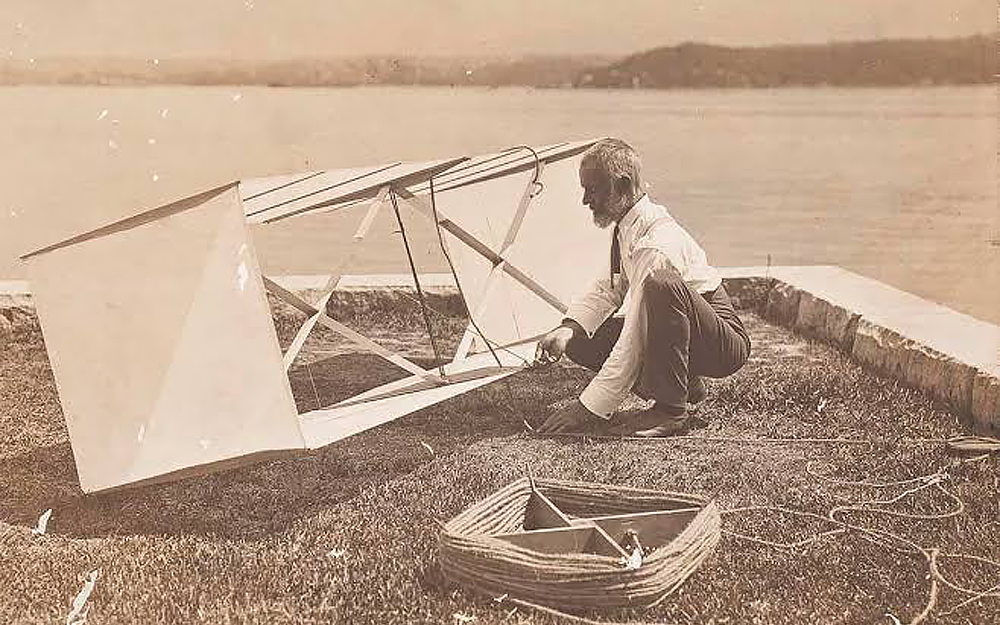NewzRoom Topics >
Grand Years 10 March 2022
Up in the air: The part Leonardo da Vinci played!

Leonardo Da Vinci, surrounded by his inventions and paintings, spared the time for sketching and planning a flying machine.
When he died, he was called a genius.
For most of man’s history, the urge to fly was confined to his imagination. Despite this, his imagination was confused; he did not know what a “flying machine” looked like.
But carefully, his excitement peaked.
The actual history of successful flight was noticeably short. One man, however, thought scientifically about the possibilities of flight centuries before others were ready for it.
Leonardo da Vinci, born 1452 and died 1519. The great Italian painter, sculptor, architect, engineer, inventor, and scientist was claimed by many to be to the greatest all round genius who ever lived.
This remarkable man carefully observed the amazing flight of birds in the sky and made calculations and sketches in which he worked out many problems of flight.
He also invented the parachute and the helicopter and developed plans for flying machines.
Da Vinci’s papers were kept secret after his death; and remained unknown for nearly three hundred years.
Meantime, Australia’s aviation goes back to the end of the 19th century when heavier-than-air machines were simply a blueprint on the drawing board of visionaries.

Between 1884 and 1892, Hargrave experimented with monoplane models. For motive power, he turned to various aids – rubber bands, compressed air and steam – and, at one point. he even used a propeller.
In Australia, Lawrence Hargrave, who made the study of flight his life’s work, thought that da Vinci was neither a dreamer nor unrealistic in his thinking; had already established the principles by which an ‘airplane’ could fly.
His place in the world’s aeronautical history rest mainly on the kites … which marked the beginning of an epoch in Australia.
Hargrave was born in 1850 in England and migrated to Australia in 1866. He was apprenticed as an engineer; and later he became an assistant at Sydney Observatory.
Impressed by the movements of birds, fish, insects, and even earthworms, he directed his studies to the air currents. It was here, he discovered the basic principles of flight.
Between 1884 and 1892, he experimented with monoplane models of tissue paper on frameworks of light wood, propelled at first by flapping wings and later by propellers.
For motive power he used, in turn, various aids: clock work, rubber bands, compressed air and steam.
A resourceful engineer, Hargraves’ model engines were extremely simple and light; they were marvels of ingenuity.
<< From notes compiled by Frank Greenop and Frank Morris.
> Read More




